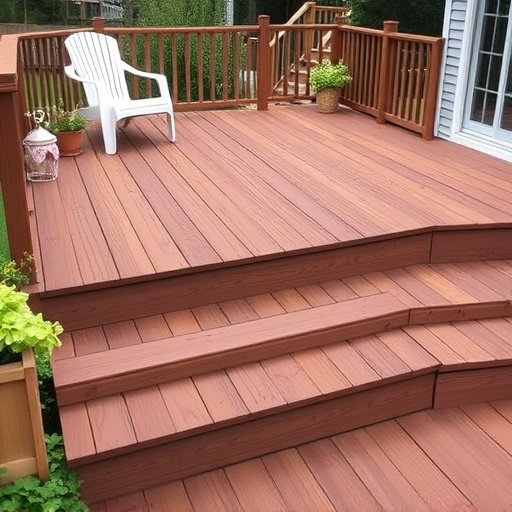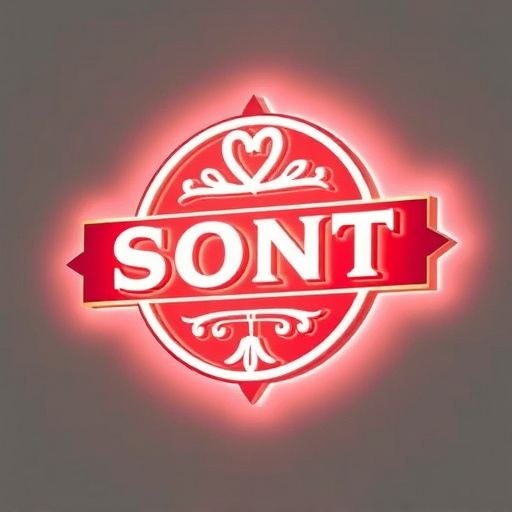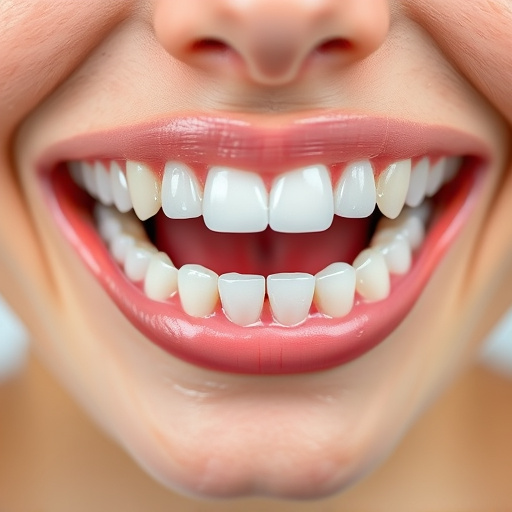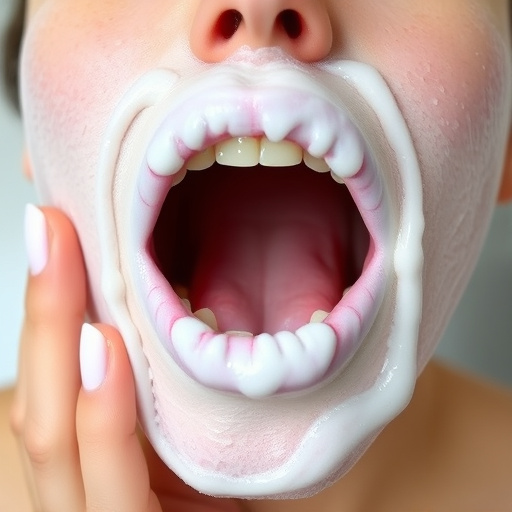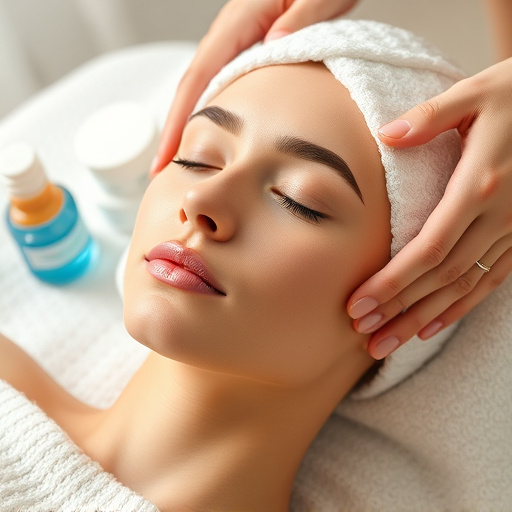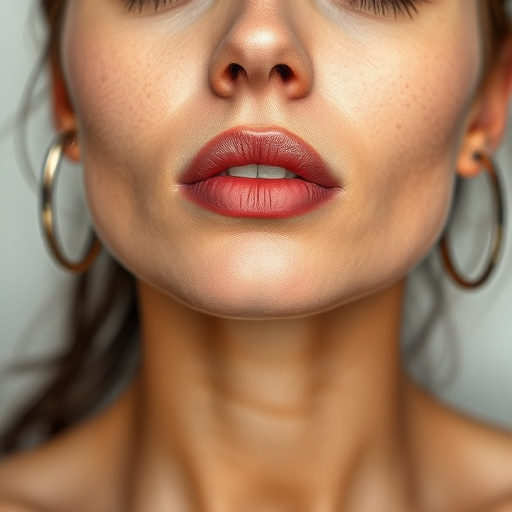Stretch marks, caused by rapid skin stretching, can be minimized through non-invasive treatments like microneedling and anti-aging skincare. Gradual methods involving retinol, vitamin C, peptides, hydration, and diet effectively reduce depth and texture over time. Professional treatments such as chemical peels and microdermabrasion further enhance results, emphasizing healthier skin with personalized routines.
Stretch marks, often seen as unsightly indentations on the skin, are a common concern. They typically occur during rapid weight changes or adolescence due to skin stretching. While they can be challenging to eliminate entirely, there are effective treatments available. This article explores non-invasive methods and presents a gradual minimization strategy for stretch mark treatment, focusing on depth reduction. We delve into understanding the causes and offer practical solutions to achieve smoother, more even skin.
- Understanding Stretch Marks and Their Causes
- Exploring Non-Invasive Treatment Options
- Effective Strategies for Gradual Minimization of Depth
Understanding Stretch Marks and Their Causes
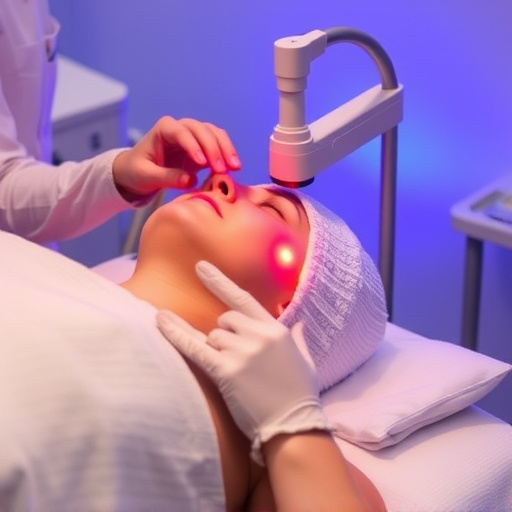
Stretch marks, often appearing as thin lines or ridges on the skin, are a common concern for many individuals, especially during and after periods of rapid growth or weight fluctuations. They form when the skin stretches beyond its elastic limit, causing collagen and elastin fibers to break down and be replaced by scar tissue, which lacks the same flexibility. This process results in visible markings that can vary greatly in depth, from shallow and barely perceptible to deep and prominent.
While stretch marks are typically associated with pregnancy or rapid weight gain, they can also develop due to growth spurts during adolescence, significant muscle building, or even severe dehydration. Understanding the causes is the first step towards managing and minimizing their appearance. Fortunately, a range of non-surgical treatments, including customized facials and professional skincare procedures, offer effective solutions for addressing stretch marks over time, gradually improving skin texture and reducing depth.
Exploring Non-Invasive Treatment Options
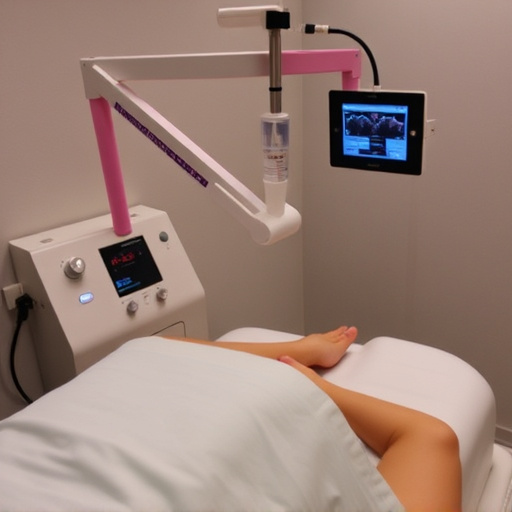
When considering stretch mark treatment, many individuals opt for non-invasive procedures that offer gradual yet effective results. These options are particularly appealing due to their minimal downtime and overall safety. One such method gaining popularity is microneedling therapy, which involves using fine needles to create tiny punctures in the skin, stimulating collagen production and improving skin texture over time. This approach not only helps minimize the appearance of stretch marks but also enhances overall skin tightening.
Additionally, anti-aging treatments that focus on rejuvenation can inadvertently address stretch marks by improving skin elasticity and reducing the depth of scars. These treatments often combine ingredients like retinol, vitamin C, or peptides, which have been clinically proven to stimulate cellular repair and enhance skin firmness. Incorporating these non-invasive techniques into a skincare routine allows for progressive improvements, ensuring that stretch marks gradually become less noticeable without resorting to more aggressive procedures.
Effective Strategies for Gradual Minimization of Depth
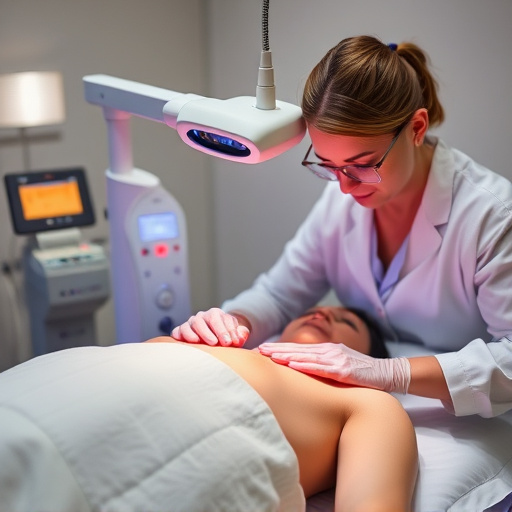
Minimizing the depth of stretch marks involves a combination of strategies that focus on both prevention and active treatment. Firstly, maintaining a healthy diet rich in collagen-boosting foods like citrus fruits, bell peppers, and bone broth can help strengthen skin elasticity, reducing the likelihood of new stretch marks forming. Additionally, staying hydrated is crucial for skin health; drinking plenty of water ensures the skin stays plump and supple.
Professional skincare plays a significant role in gradual minimization. Topical treatments containing retinoids, vitamin C, or hyaluronic acid can improve skin texture and reduce the appearance of existing stretch marks over time. Anti-aging treatments like chemical peels or microdermabrasion can also be beneficial, though these should be performed by qualified professionals to avoid irritation. Personalized skincare routines that incorporate gentle exfoliation and regular application of moisturizing creams or lotions can further enhance results, promoting skin rejuvenation and minimizing stretch mark depth.
In conclusion, understanding the causes of stretch marks and exploring non-invasive treatment options is key to effective management. Among these, gradual minimization techniques have proven successful in reducing stretch mark depth. By adopting strategies like topical treatments, microdermabrasion, laser therapy, and lifestyle changes, individuals can achieve smoother skin over time. Remember that consistency and patience are vital when pursuing any stretch mark treatment for optimal results.

